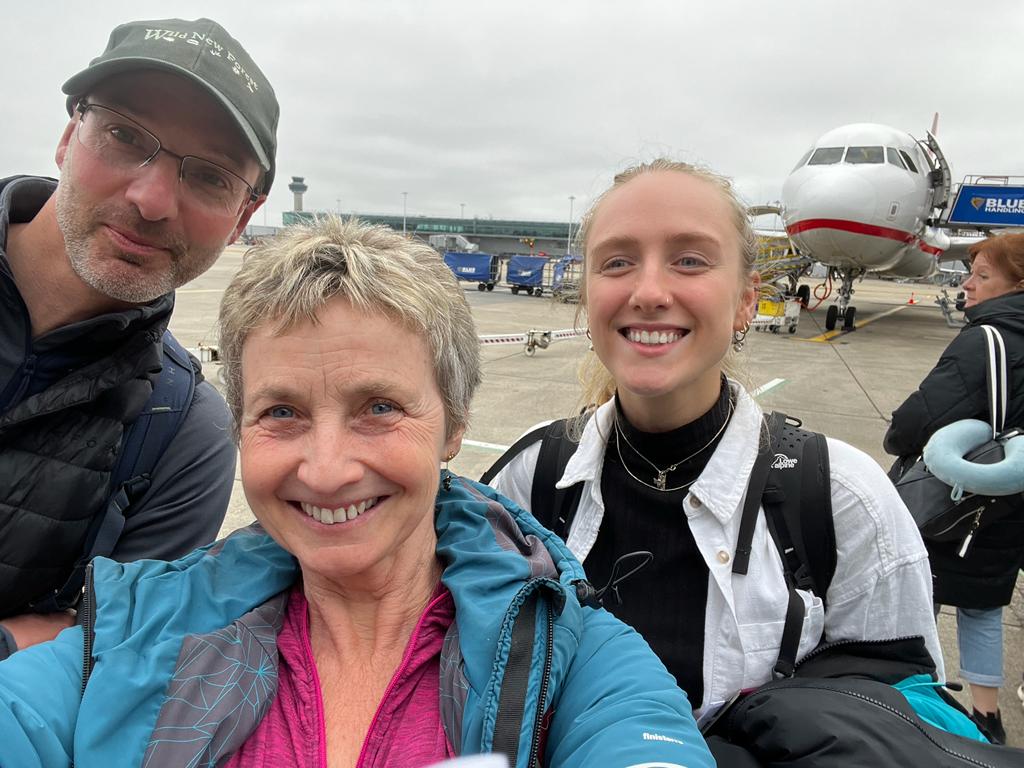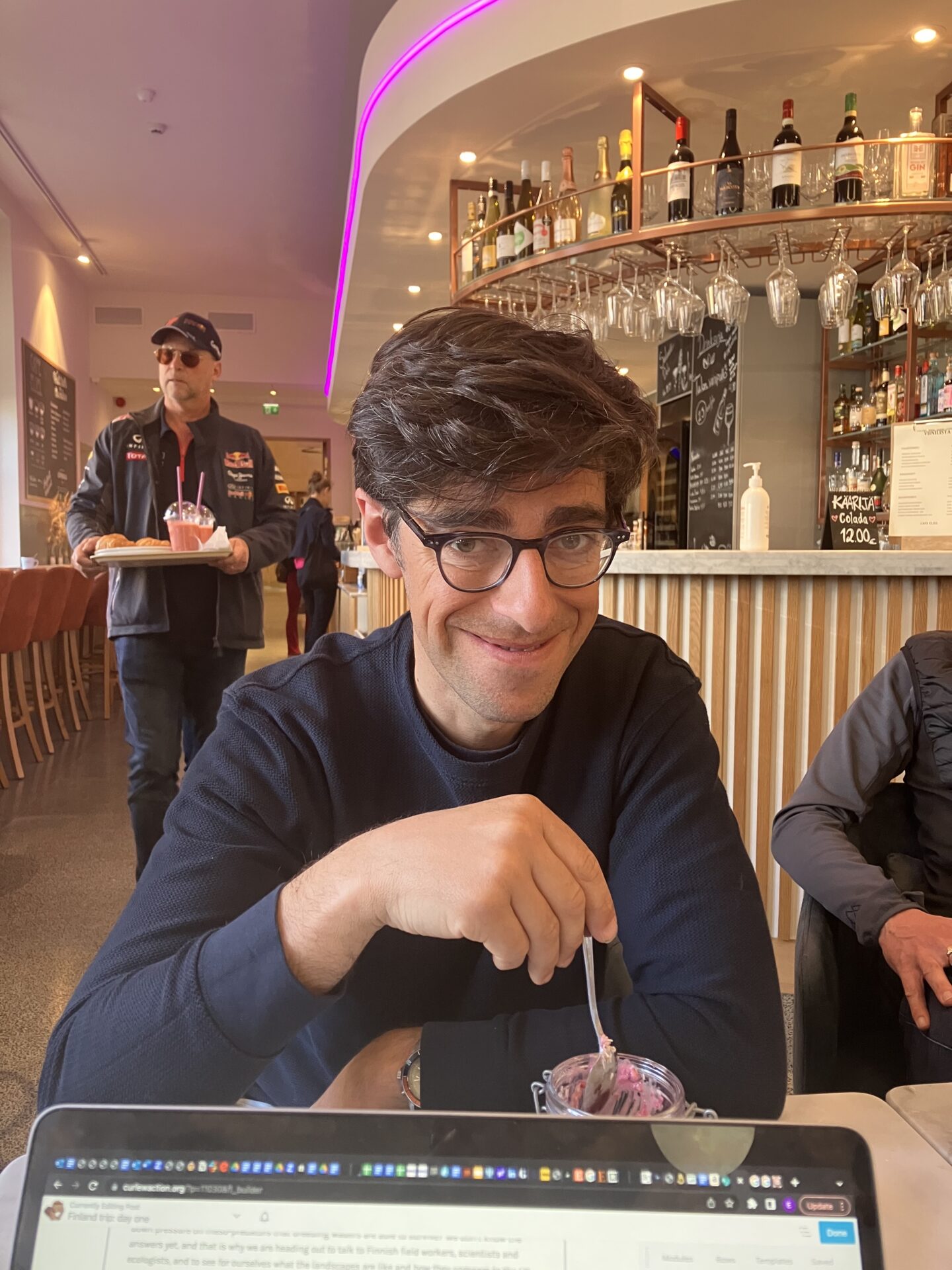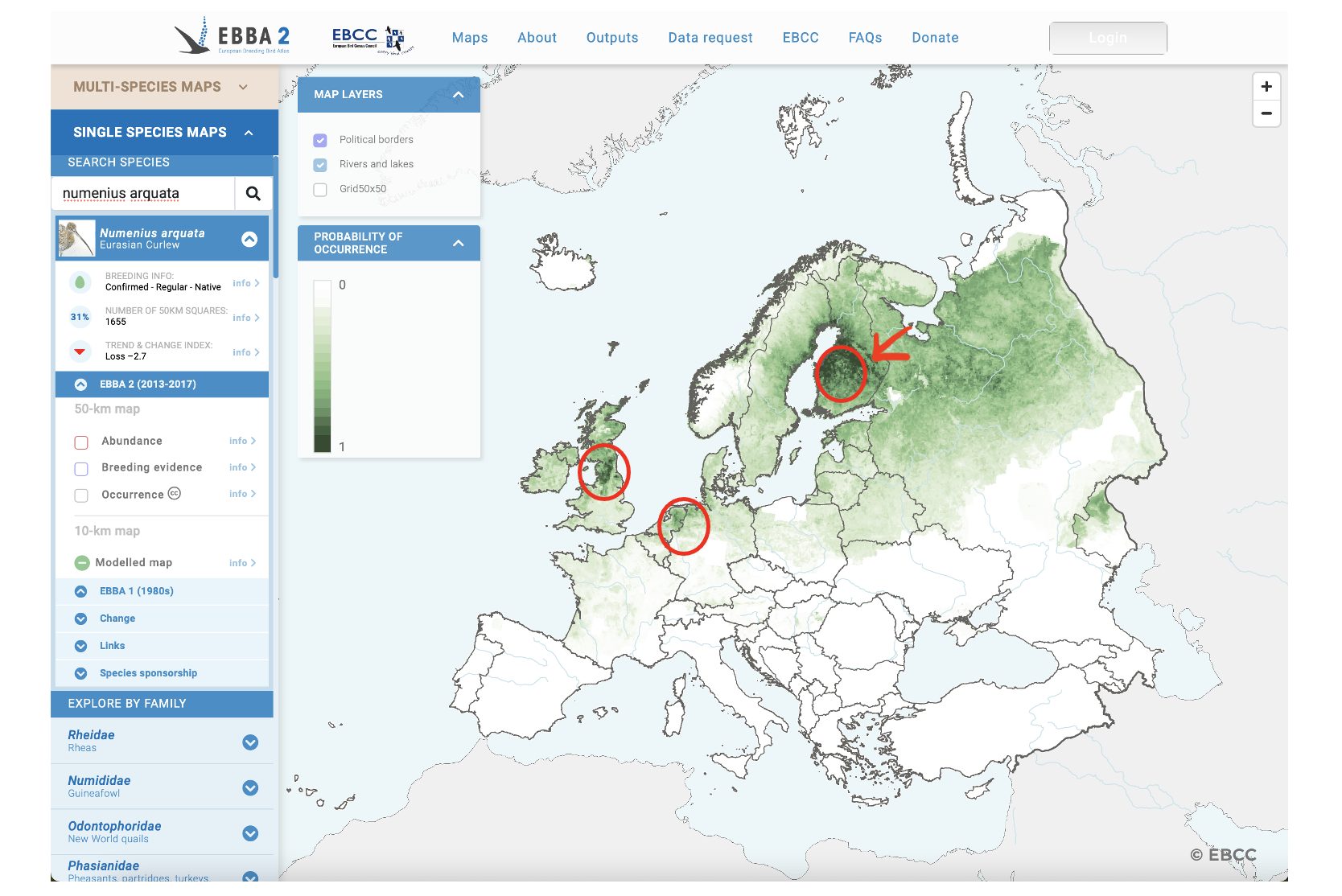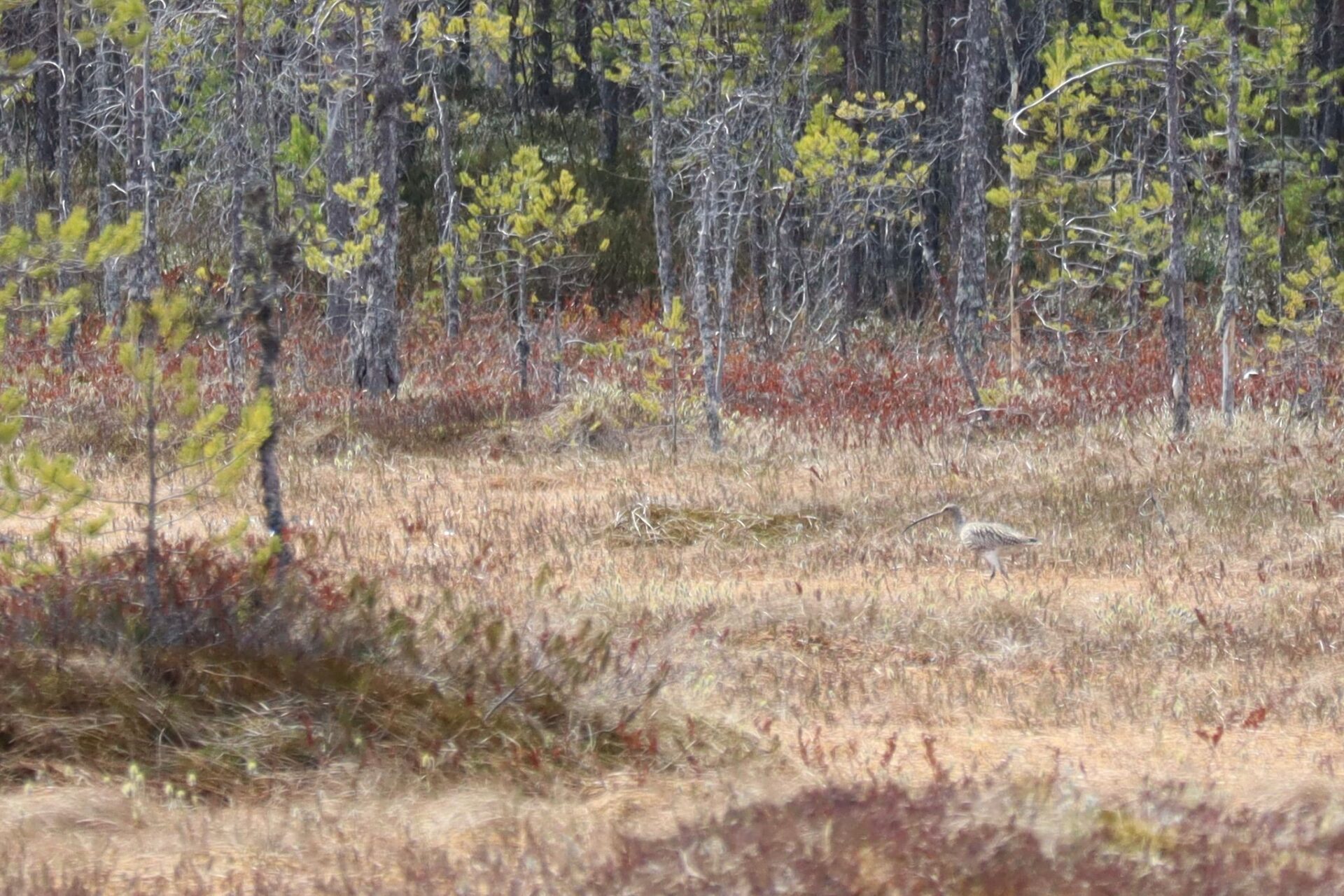Saturday 13th
By Mary Colwell
We are on our way to Helsinki! A small group from Curlew Action – Professor Russ Wynn (a trustee and ecologist/naturalist), Ellen Bradley (Manager of Curlew Action) and myself – are on a mission to explore the relationship between curlews and trees and predators, a complex but increasingly vital interaction that we still know little about. We are being joined by curlew colleagues Barry O’Donoghue from the NPWS in Ireland and Patrick Laurie from Working for Waders in Scotland. As tree planting is increasing everywhere in response to concerns about climate change and lack of biodiversity, we need to know how this will affect curlews. Many of the places curlews breed in numbers, the higher, rough grasslands of northern England and Scotland, are also areas targeted for tree planting. It is a serious threat to British breeding curlews.
But why go all the way to Finland? Curlews are declining across their European breeding range, following the trajectory of Britain, succumbing to farming practices, predator pressure and habitat loss. But, in parts of the boreal regions of central Finland curlews are doing OK, in fact, some populations seem to be increasing, yet this is a forested landscape. Curlews and trees seem to live together in Finland. This flies in the face of what we know about waders in the UK, where work by Professor James Pearce Higgins and colleagues showed a significant drop off in nesting pairs close to trees. The received wisdom is that waders are nervous of nesting too close to forest edges because of the predators that live in them. Woodland is home to foxes, badgers, buzzards, crows, ravens and other predators that eat eggs and chicks, and may attack adult birds. So how come Finland is different? Does the presence of apex predators long lost from the UK exert sufficient top-down pressure on meso-predators that breeding waders are able to survive? We don’t know the answers yet, and that is why we are heading out to talk to Finnish field workers, scientists and ecologists, and to see for ourselves what the landscapes are like and how they compare to the UK.



There are a number of ideas that need testing about Finnish curlews.
- Finland still has large tracts of old growth forests that form a natural landscape of areas of trees with open heaths and mires. The birds tend to nest in the open areas, surrounded by trees. Is this what is being replicated in the UK?
- The predators that live in the old growth forests are different, they have a full suite from eagles, bears, wolves, wolverines and lynx, which we assume keep the smaller predators like foxes and crows at more ‘natural’ levels. Is it this complete ‘predator guild’, as it is called, that is keeping predation pressure on ground nesting birds at a manageable level?
- Are Finnish curlews specifically adapted to living in wooded areas, and are there differences in prey species and availability between these relatively pristine forests and areas that are impacted by human influences?
- What happens when the old growth forest is cut down, as is happening at an increasing rate, and replaced by commercial plantations? Finnish data show the curlews are doing badly in these areas – why?

Finnish Curlew in trees, photo by Patrick Laurie
We will be doing a daily blog, posting photos and interviews, as well as collecting and collating the science. We look forward to understanding more about curlews and woodland, their future might depend on it.
This trip is also the start of Curlew Action’s programme to highlight that curlews are European birds. Over 60% of the birds that winter in the UK breed in Finland. We have to see curlews as birds that use the whole continent, and it is vital we understand what is happening across their range. We cannot see them in isolation, as ‘our’ birds. To protect curlews we need to see them in a Europe-wide context. Over the next few years we will be visiting European curlew sites and learning more about how we can work together to protect them. Thank you for supporting Curlew Action, your help allows us to bring all these issues out into the open, form connections and networks and share best practice. Thanks for joining us.

